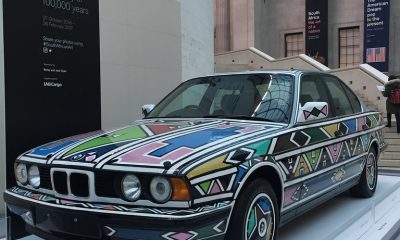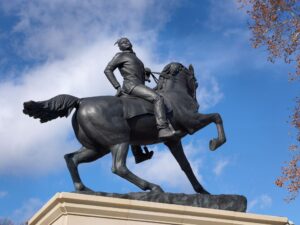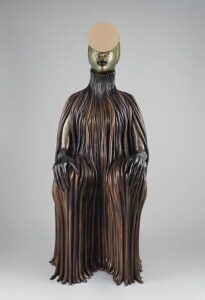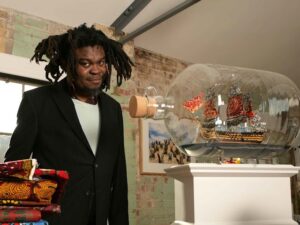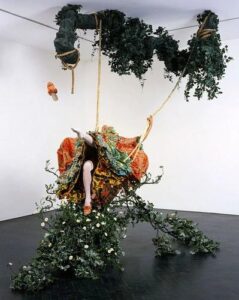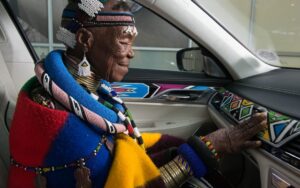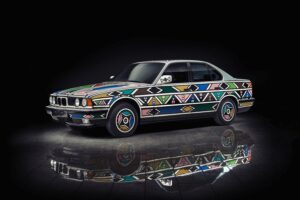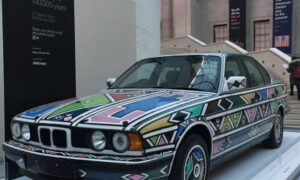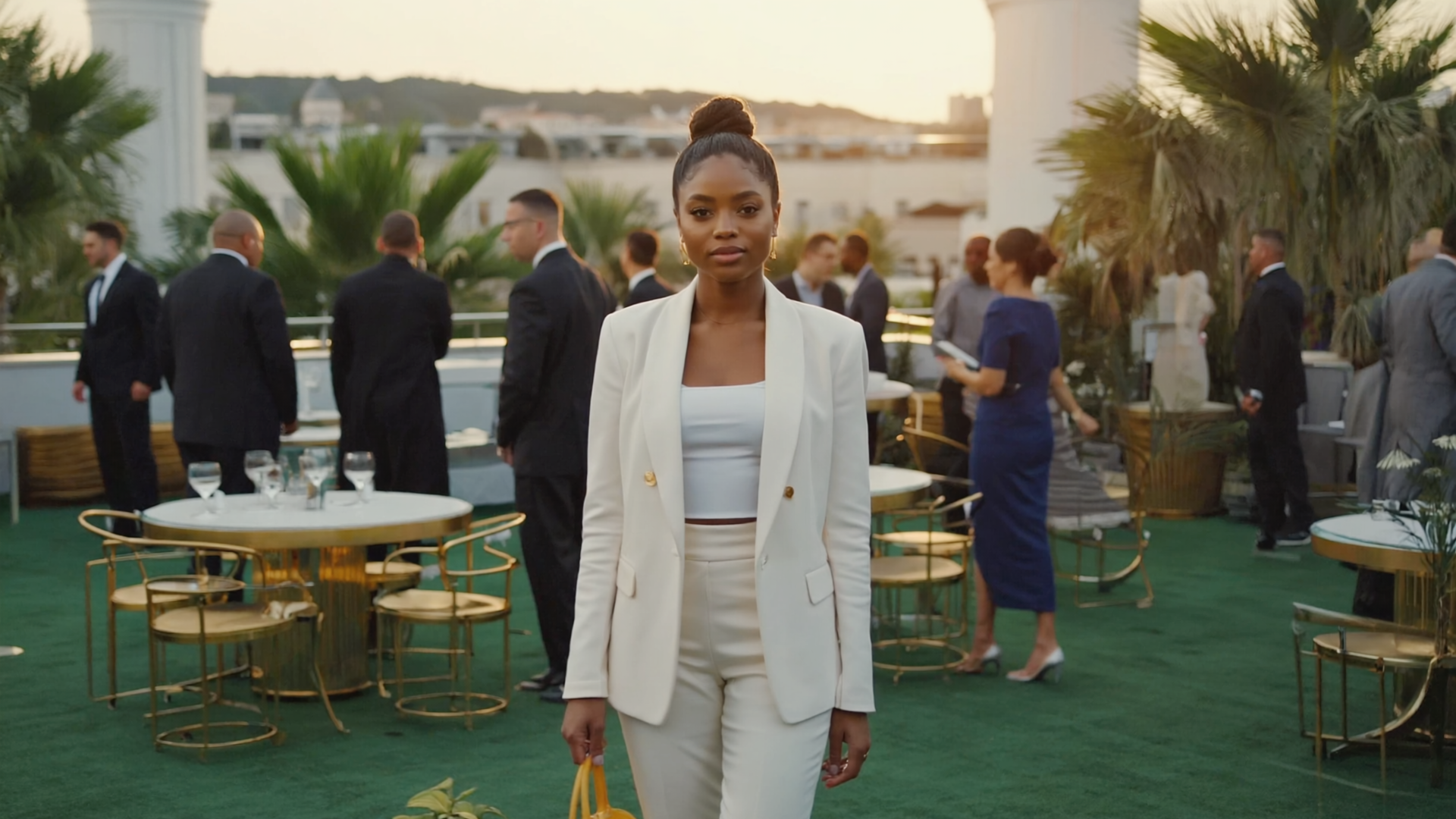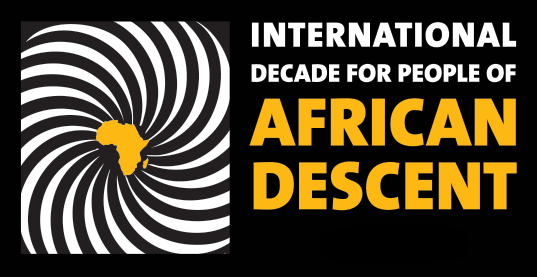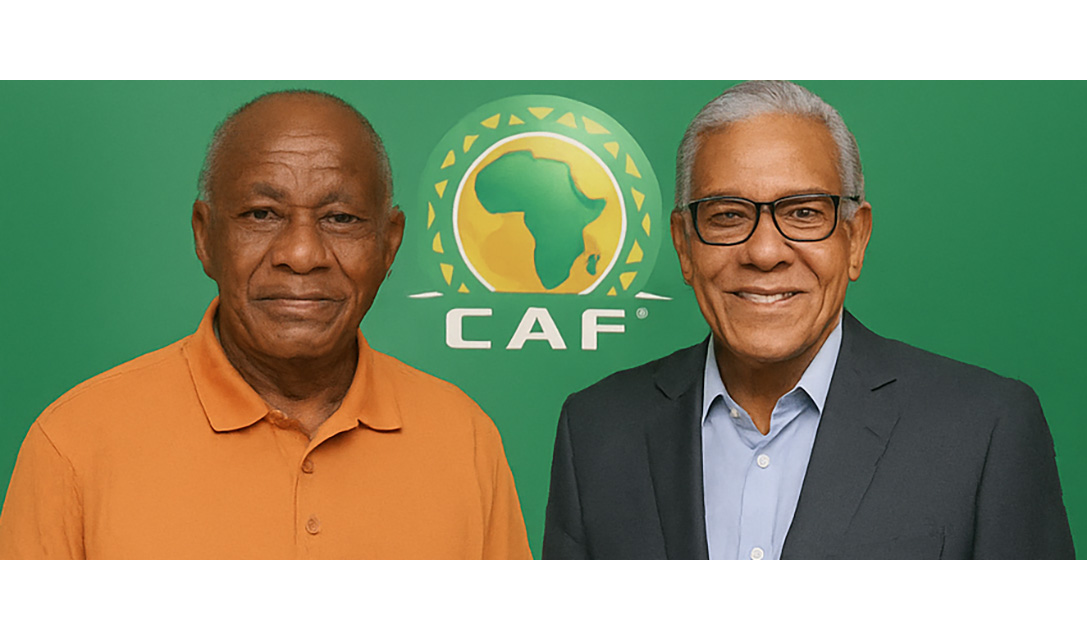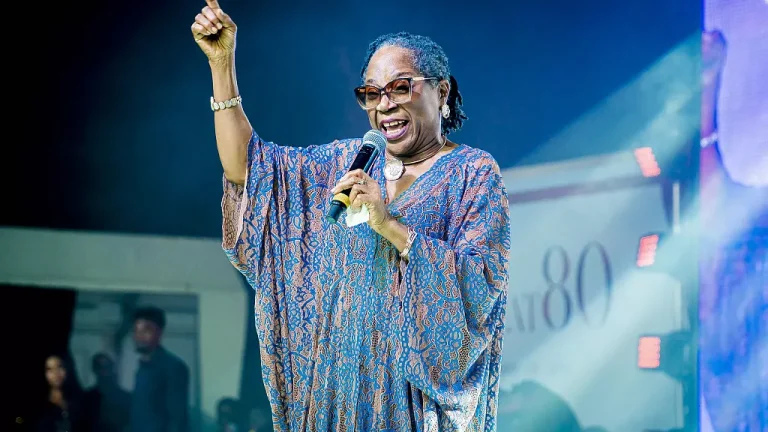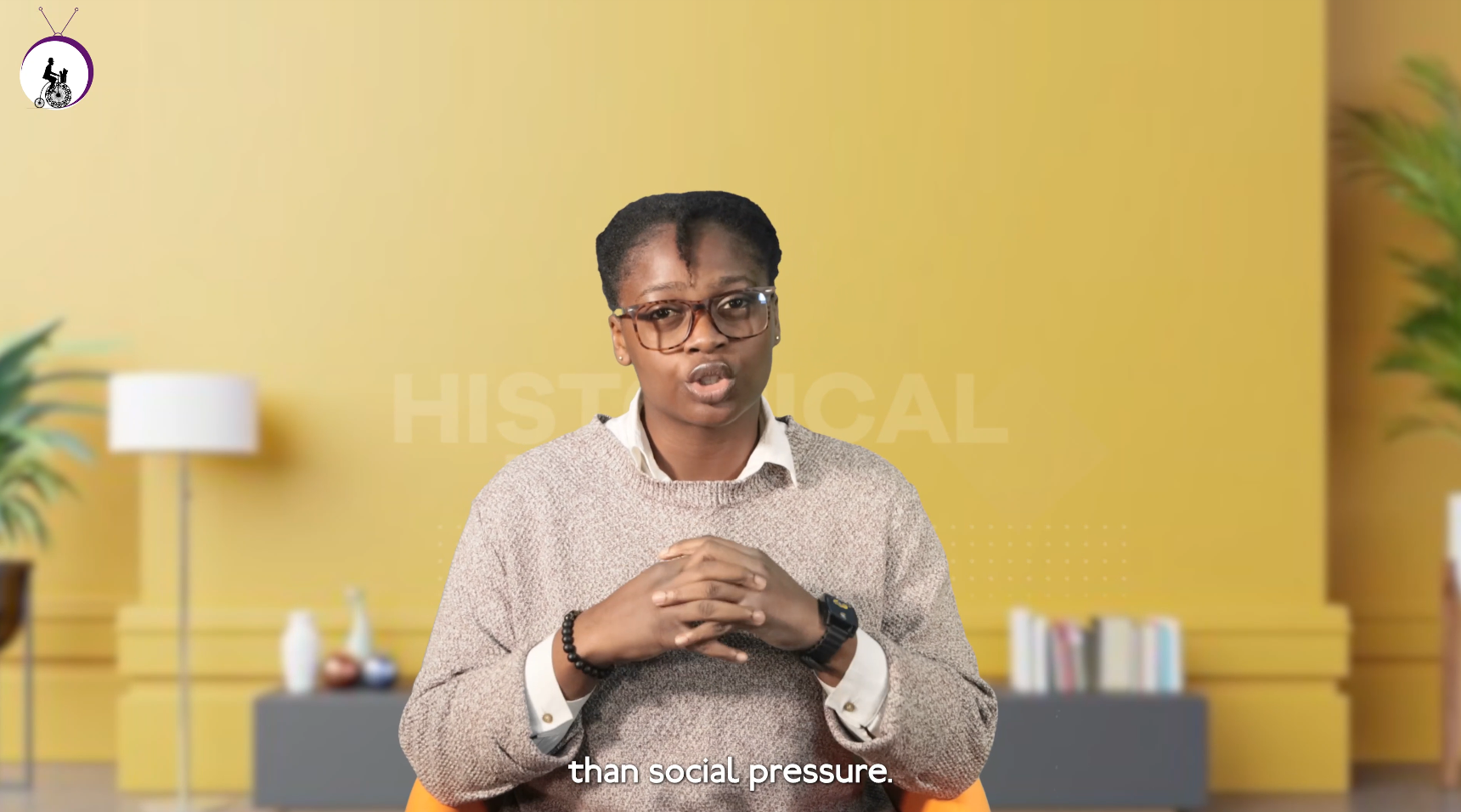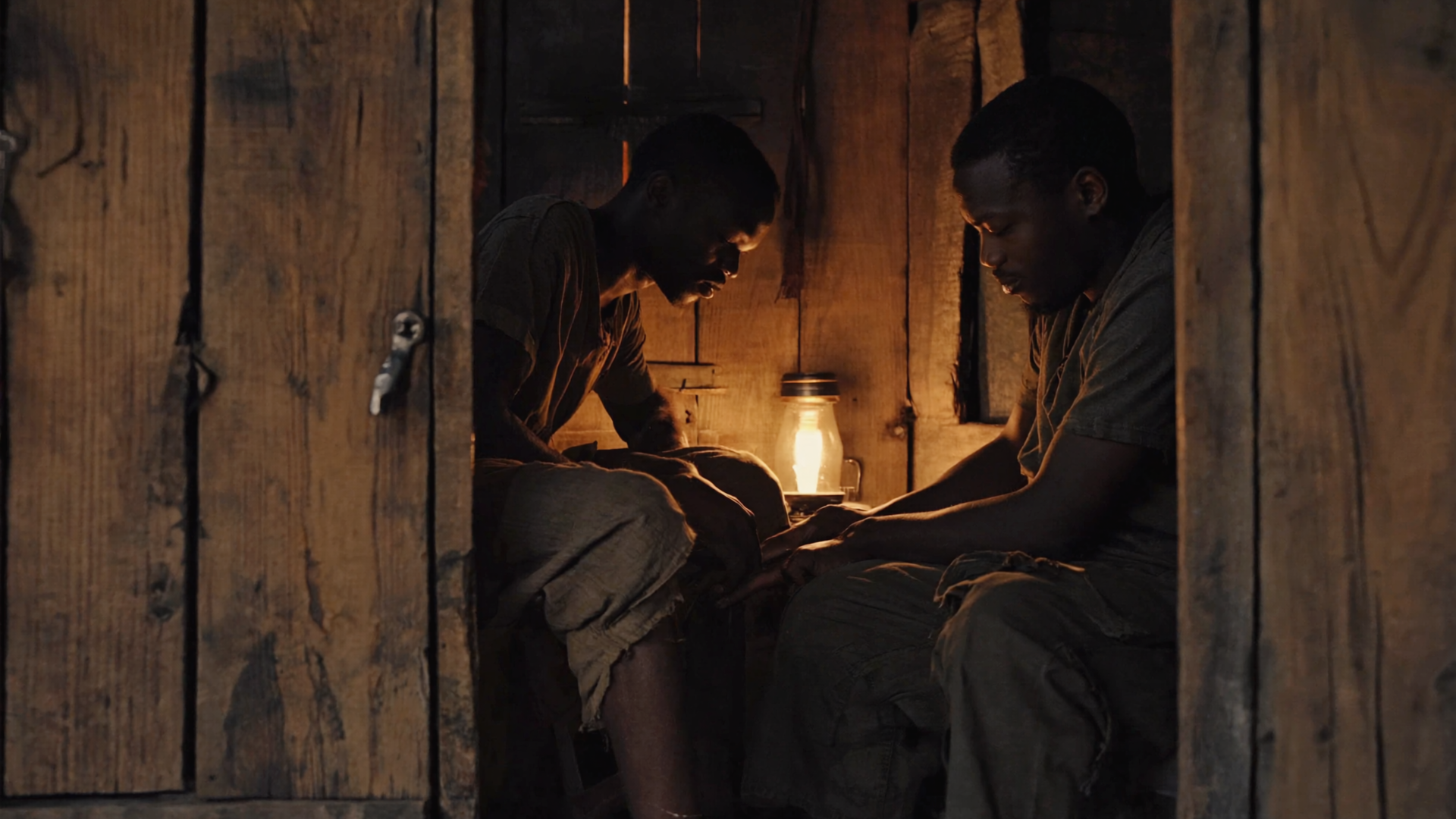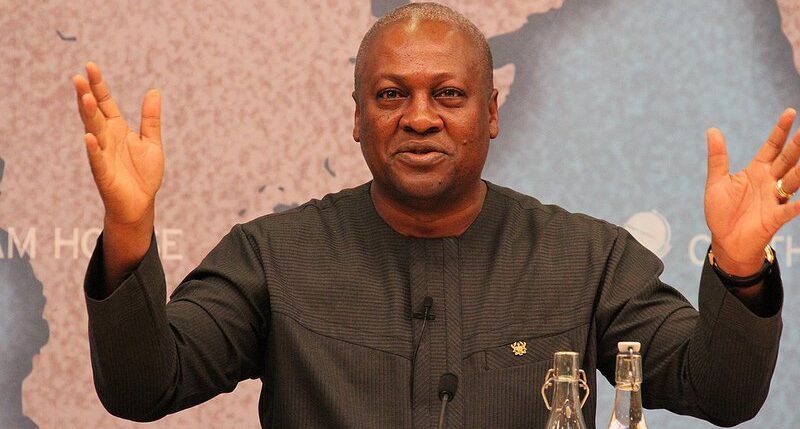In the digital age, African visual artists are embarking on a transformative journey to assert the authenticity, relevance, and adaptability of the continent’s rich arts culture.
In the digital age, African visual artists are embarking on a transformative journey to assert the authenticity, relevance, and adaptability of the continent’s rich arts culture. This endeavour involves a multifaceted strategy that encompasses the preservation and dissemination of traditional artistic practices through digital platforms and the strategic integration of digital tools and technologies into contemporary artistic expressions. By actively engaging with global audiences, these artists are enhancing the understanding and
appreciation of Africa’s cultural narratives and the profound significance behind their artistry.
Preservation and Dissemination of Traditional Practices
The documentation and augmentation of traditional practices by both native and non-African individuals have played a pivotal role in preserving and disseminating African visual arts culture. Now, it is incumbent upon native African artists to leverage digital platforms to achieve two primary objectives: preserving authenticity and carving out a niche in the global art landscape. By meticulously documenting techniques, stories, and cultural contexts through videos, blogs, and social media, artists can create a digital archive that ensures these traditions are not lost. Shared stories, cultural contexts, and techniques have proven effective in bridging the gap between African cultural artistry and digitalization, creating a harmonious blend of tradition and innovation.
Spotlight on African Artists
Yinka Shonibare
Yinka Shonibare, an artist who draws on his Nigerian heritage and British upbringing, explores themes of cultural identity, globalization, and colonialism. His process involves incorporating vibrant African wax prints to reflect cultural pride and historical complexity. Shonibare’s notable works, such as “Nelson’s Ship in a Bottle” and “The Swing (After Fragonard),” recontextualize historical narratives using African fabrics. His film “Un Ballo in Maschera” reimagines Verdi’s opera with an all-Black cast in African prints. Shonibare enhances his practice with digital tools and platforms, blending traditional and contemporary elements. His “Wind Sculpture (SG) I” exemplifies the adaptability of African arts in the digital age, celebrating cultural exchange and diversity.
Wangechi Mutu
Wangechi Mutu, a Kenyan-born multimedia artist, blends global perspectives with a unique composite aesthetic focused on femininity, culture, and identity. She creates collages and installations using diverse materials, featuring exaggerated and hybrid elements. Her globally recognized works, including “The End of Eating Everything” and “The Seated I–IV” at the Metropolitan Museum of Art, showcase her distinctive style. Mutu utilizes social media for projects like “#100days,” commemorating the Rwanda genocide. Her work’s digital presence enhances engagement and collaboration, allowing her to reach a broader audience and foster a deeper appreciation for her art.
El Anatsui
El Anatsui, a Ghanaian artist renowned for transforming recycled materials into large-scale sculptures, delves into themes of consumption, identity, and history. He recycles bottle tops, weaving them together with copper wire to create fabric-like material, combining local traditions with global abstract art. His innovative approach accentuates sustainability and accessibility. Anatsui’s work, such as “Behind the Red Moon” displayed at Tate Modern’s Turbine Hall, reflects political and environmental themes, utilizing discarded elements to evoke socio-cultural narratives. Rooted in traditional craftsmanship, Anatsui engages digital audiences through global exhibitions and online platforms, seamlessly merging traditional and contemporary art movements.
Kehinde Wiley
Kehinde Wiley, an American artist known for his vibrant portraits of African Americans set in the contexts of Old Master paintings, reimagines historical narratives. He employs “street casting” to find models, blending contemporary and historical styles. Wiley’s notable works include Barack Obama’s portrait and “Rumors of War,” which incorporate various international cultural elements. Wiley leverages social media and digital platforms to expand his audience reach and document his projects, thereby enhancing engagement and collaboration.
Esther Mahlangu
Esther Mahlangu, a South African artist renowned for preserving and reimagining Ndebele tribal art, is characterized by her vibrant geometric designs. Trained by her grandmother and mother, Mahlangu uses traditional methods and modern materials to expand cultural heritage. Her notable collaborations with BMW, turning vehicles into moving canvases, and her participation in the Venice Biennale highlight her innovative approach. Mahlangu embraces technology in projects like the BMW color-changing collaboration and utilizes digital platforms for broader visibility, ensuring her art reaches a global audience.
The Dakar Biennale
The Dakar Biennale is a prominent African contemporary visual art exhibition showcasing diverse artists by integrating traditional and modern concepts. Featuring exhibitions, performances, and installations, it explores the intersection of art and technology. The Biennale serves as a digital platform for artists’ presentation and documentation, improving accessibility and engagement with the global art community. It reflects African identity and cultural heritage through innovative artistic expressions. Platforms like YouTube, Instagram, and TikTok offer opportunities to share short tutorials, behind-the-scenes footage, and live performances, reaching a global audience and fostering a greater appreciation for African arts.
Global Engagement
African artists are leveraging digital platforms to share cultural narratives and amplify global visibility. Online galleries, virtual exhibits, and social media enable visual artists to educate audiences about symbolic meanings, historical contexts, and personal inspirations. Digital sales channels expand commercial reach, demonstrating the enduring value of traditional African arts. This global engagement allows African artists to reach new audiences and foster a deeper understanding of their work, highlighting the richness and diversity of African cultural heritage.
Strategic Digital Tech Tooling
African visual artists are seamlessly integrating traditional methods with contemporary digital innovations, blending cultural heritage and modern aesthetics. Digital fabrication techniques, such as 3D printing, enable unique interpretations of traditional art forms. Graphic design software helps create intricate patterns rooted in cultural identity. This fusion of digital and traditional workspaces showcases the adaptability and versatility of African arts in the digital age, ensuring that these art forms remain relevant and dynamic.
Amplifying Voices and Reaching New Audiences
African artists harness digital tools and channels to amplify their voices, individual iconography, and reach new audiences. These efforts foster global dialogue around Africa’s rich artistic heritage.
Digital engagement, collaborations, and cultural exchanges elevate the visibility and recognition of African arts worldwide, ensuring that these art forms continue to inspire and resonate with people across the globe.
Enduring Power and Adaptability
The enduring power and adaptability of African visual arts are evident as artists evolve with digital tools while preserving their cultural essence. African visual artists are asserting the authenticity, relevance, and adaptability of the continent’s rich artistic heritage in the digital landscape. By blending traditional practices with contemporary digital innovations, they are ensuring that African arts remain vibrant, dynamic, and globally appreciated.


